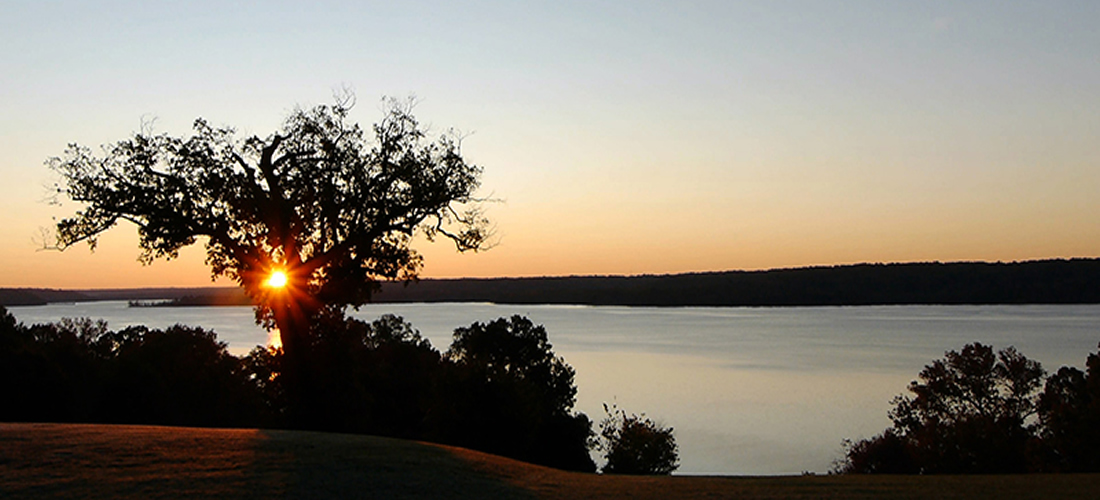|
 george WASHINGTON The Making of george WASHINGTON
During a period of six years in the 2000s, I was resident at the University of California’s Washington Center for three months a year. It developed that a senior staff person there, Rodger Rak, had a relationship with the Director of the Mount Vernon Estate in nearby Virginia. Rodger arranged a luncheon meeting with the Director and his staff. He expressed a desire to have a musical composition created to honor the opening of a proposed Fred W. Smith National Library for the Study of George Washington in the Fall of 2013. I indicated that I would welcome such an engagement, but that I did not want such a work to be performed only once as an “occasion piece”, and that I would also need to find a text consisting of Washington’s own words. |
|---|

The compositional task required a very complex “score document” that coordinated narrative text, appropriate imagery, musical materials, and digitally processed sound in ways that allowed the various collaborators to be, quite literally, “on the same page”.
My task was not only to compose meaningful music, but to allow it to reference the 18th century and to envelope in meaningful ways the voices of the narrators, which must always remain clearly understandable to listeners. I decided to seek a period tune that might actually have been played by Washington’s niece on the estate. The entire work begins with a digital recording of such a period work that meanders spatially around the hall. It is gradually stretched out in time so as to seemingly evaporate into the orchestral sound that continues with an exploration of the melodic structure of this opening seed.
|
|---|

The morning of the premiere, the Kennedy Center hosted several hundred school children of different ages, and we collaborators gave a presentation for them in an amphitheater on the Kennedy Center’s top floor. At the end of our presentation, the children were asked to form two lines at opposite sides of the auditorium if they had questions. To our great surprise, virtually the entire audience got in line at one or the other side. Their infectious enthusiasm and high level of curiosity itself provided a rewarding level of satisfaction for all of the collaborators. Happily, the premiere performances that evening and two subsequent evenings were also deeply rewarding. – Roger Reynolds A Libretto in Five Sections, portraying Washington’s life in his own words
|
|---|
